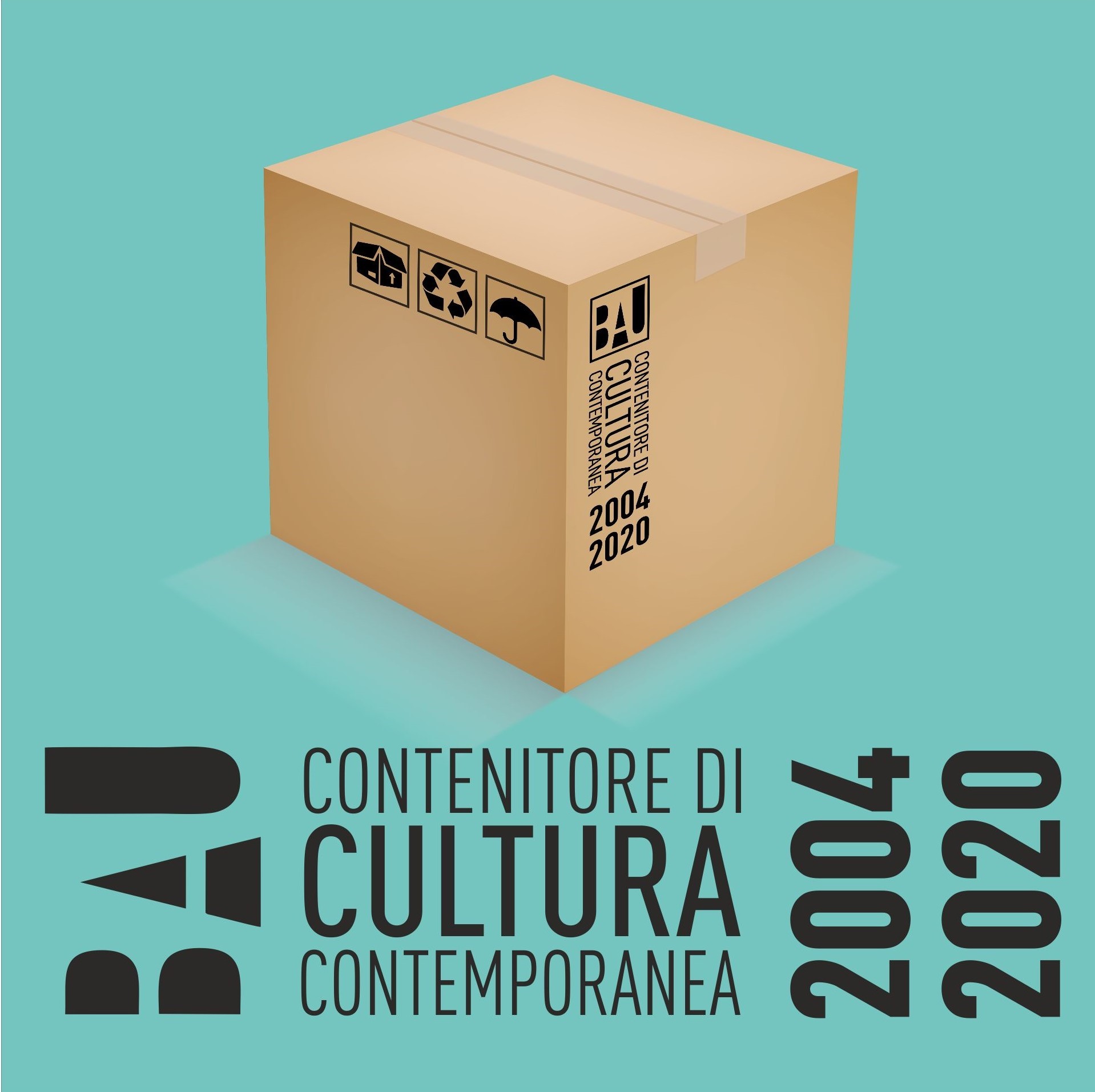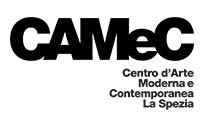
BAU
curated by Mara Borzone
Over 1000 works contained in the 16 issues, from 2004 to today, by authors from 35 nations.
The Box has precedents in the assembling magazines of the past; it is a box containing 60, 70, even 100 creations by the same number of historical, internationally-important authors working in all the different cultural disciplines: artists and creative talents are present alongside professional figures generally operating outside the field of art, such as doctors, engineers and chefs. It has been purchased by numerous museums, libraries and important collections: the MART in Rovereto; the Tate Library in London; the Beinecke Yale University (USA); the Museo del Novecento and Triennale in Milan; the MACRO in Rome, the Centre Pompidou in Paris; the Museum of Modern Art in Miami (USA), and others. This experimental magazine is one of the most original and significant art publications active today in Italy, initially designed by Carlo Battisti, later by Gumdesign (Gabriele Pardi and Laura Fisaschi), and currently by Gabriele Menconi. It comes out annually in a limited edition (generally 150 copies), with the aim of creating interaction among a large variety of creative experiences, promoting them freely and independently with no profit-making purpose and wholly self-financed.
Currently, the BAU editorial board made up of Antonino Bove, Luca Brocchini, Giuseppe Calandriello, Gabriele Menconi, Guido Peruz and Tommaso Vassalle, sits in Viareggio and has national and international contacts ranging over the experimental trends of contemporary art: Fluxus, Visual Poetry, Pataphysics, Mail Art, extended perception research, examination of the relationships between art, music, IT, fashion, cooking, and a lot else besides. The magazine began with BAU 0 (2004), consisting of works in A4 format fitted into a fine cardboard box full of stories, written comments, letters, explorations of such themes as the relationship between colour and music, music and maths, music and IT. BAU 1 (2005) defines itself as an “open box”, i.e. lab, hub, exchange network, sensory response to virtuality. BAI 2 (2006) multiplies creative energies to form an organic whole which feels, perceives, predicts around the theme of Corpo d’a(r)mata (Armed force/the force of love). A black stylised dog is the emblem of BAU 3 (2007), an incubator of original ideas which creates a project solidarity in order to reach beyond artistic individualism and give and receive oxygen from outside contributions. The theme of BAU 4+5 (2008) is Utimatum: the planet is in the midst of a serious energy, economic (the great crisis began in 2008), ecological and cultural emergency: BAU was far-sighted. BAU 6 (2009) launches itself into the adventure of the shared work, more organic than simple group work. Stories disappear and Visual Poetry, Mail Art and Fluxus prevail. BAU 7 (2010), the last cardboard container, tackles the theme of surprise and the relationships between art, science, politics and environment, in order to verify and critically arrange the history of art and the poetic production of the last few decades in Versilia and on the Tyrrhenian coast. BAU 8 (2011), in the ecological biodegradable polypropylene box, addresses the theme of building materials in order to convey sharing, connection, propagation of ideas, information. BAU 9 (2012) is also made of polypropylene, the theme is Electro BAU, the aim to promote enlightened, bold choices. BAU 10 (2013) is the last polypropylene Container, guided by its emblem, the rose of the winds, towards past history and links with the present. BAU 11 (2014) is different from all the others, being divided up into lots of small sections containing the same number of small objects, a small Wunderkammer with miniature artist’s books, crocheted trademarks and small 3D sculptures. BAU 12 (2015) is entitled Leo Ex Machina. Ingegni leonardeschi nell’arte contemporanea (Leonardesque devices in contemporary art) and it anticipates the future, i.e. the Leonardo mania of 2019, in a user-friendly A5 format. BAU 13 (2016) exceeds all expectations: Dress codex urgenze contemporanee in veste di rivista (contemporary urgencies in the guise of a magazine), with a spectacular A2 format. Its theme is fashion, but from a strictly BAU point of view. BAU 14 (2017) is a cylinder entitled GPS Global Participation System; it is a marker of useful expressions and trajectories and a receiver of various position signals sent from the creative satellites in its orbit. BAU 15 (2018) or BAU Out, vie d’uscita possibili (possible ways out) is a coloured cube which the puppet should pop out of, serving to create wonderment. BAU 16 (2019), Snapshot, in its elegant matt black box, is the latest offspring. It is a snapshot; it captures the instant; it is a testimony to current artistic research; it is an inevitable interaction between world cultures which cannot and must not stay separate; a hybridisation of art in the social networks; a new evolutionary stage of modernity which must record its disintegration, inconsistency, lack of coordinated sense. BAU thus favours large numbers and does not flinch at challenges. The decision to display all the Containers and their contents in La Spezia at the CAMec, is one such challenge.
Exhibition promoted by
City of La Spezia
Mayor, Pierluigi Peracchini
and produced
CAMeC Centre of Modern and Contemporary Art
Dirigente Servizi culturali, Massimiliano Curletto
with the contribution of
Coop Liguria
Enel
curated by: Mara Borzone
project direction: Eleonora Acerbi and Cinzia Compalati
graphic design: Gabriele Menconi and Sarah Fontana
press office Municipality of La Spezia: Luca Della Torre | Tel. +39 0187 727324 | ufficiostampa@comune.sp.it
CSArt – Comunicazione per l’Arte: Chiara Serri | Tel. +39 0522 1715142 | Cell. +39 348 7025100 | info@csart.it| www.csart.it
Press Kit CAMeC: http://bit.ly/CAMeC_2020
